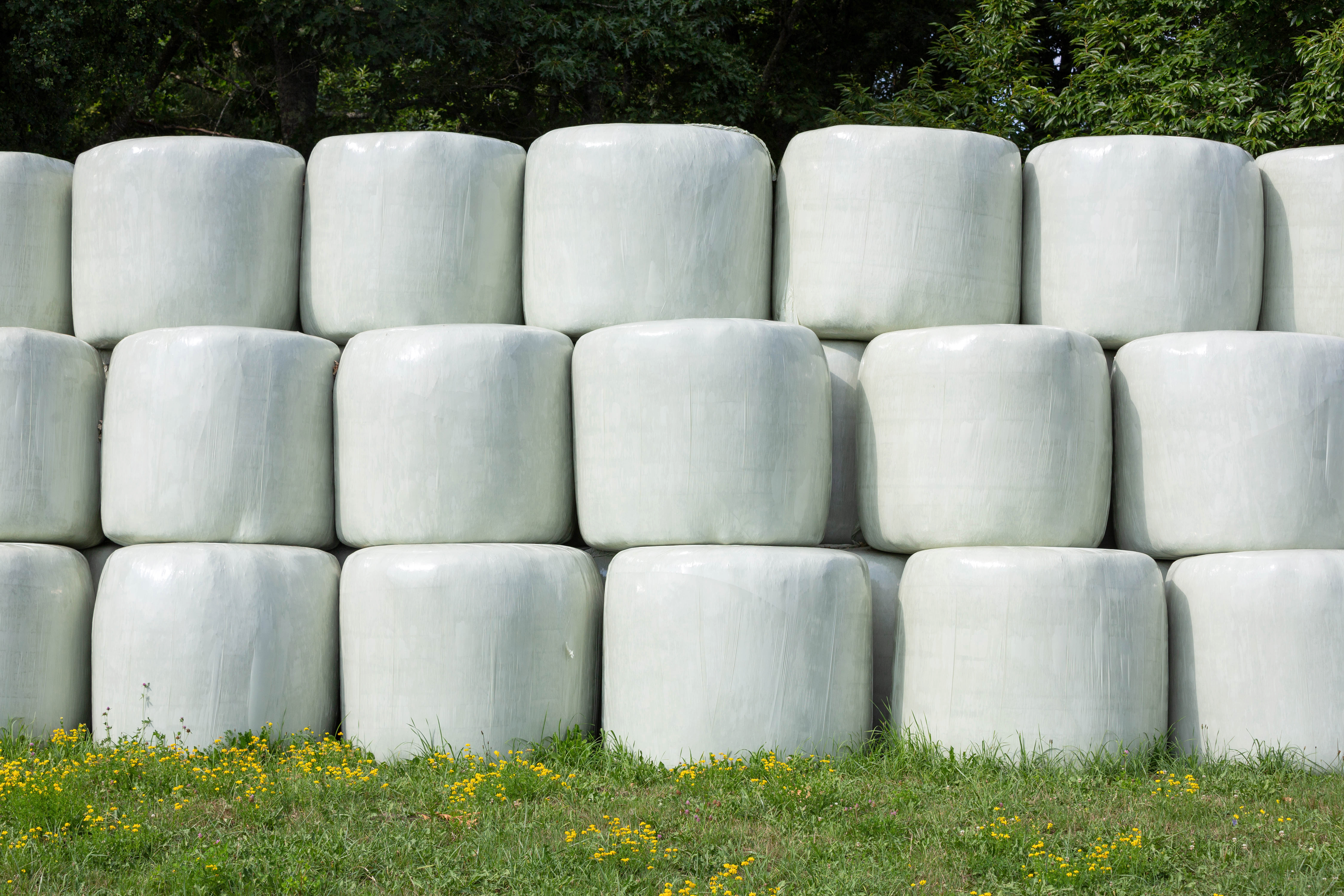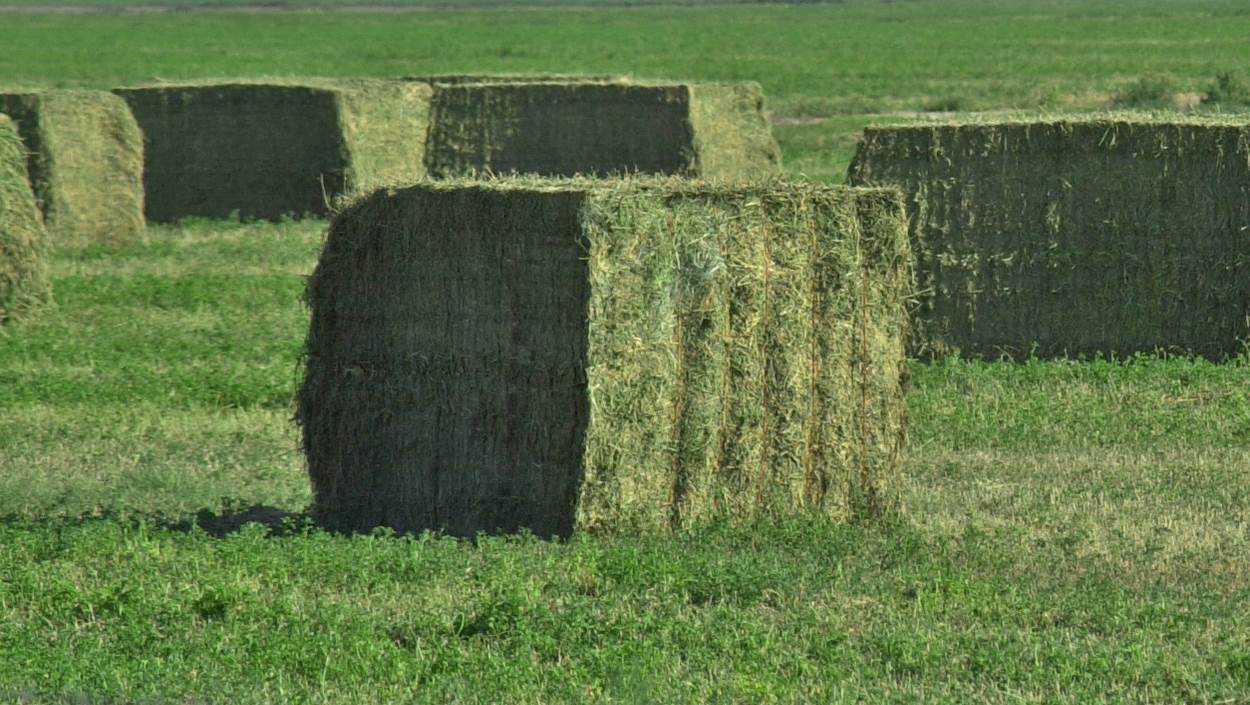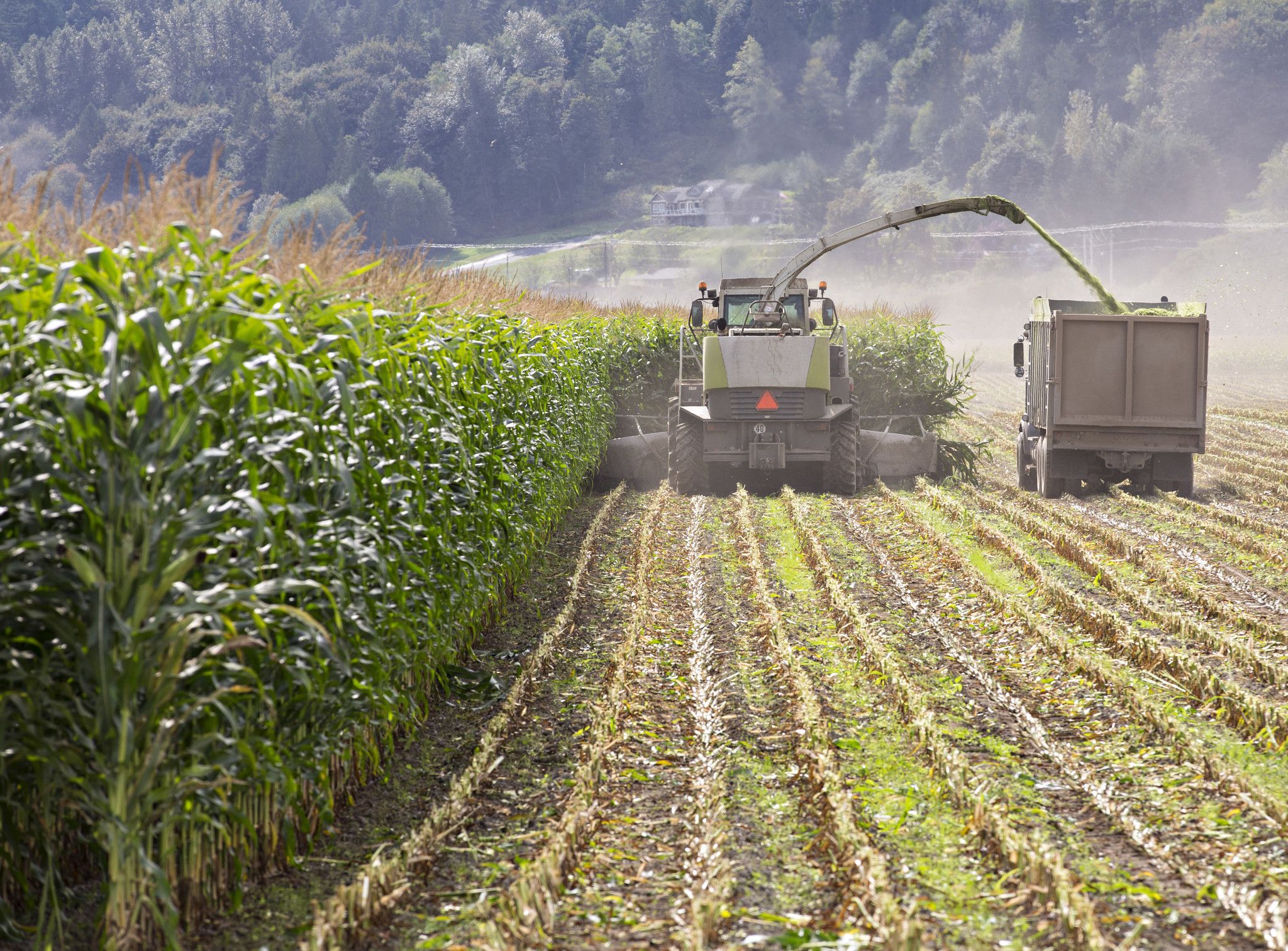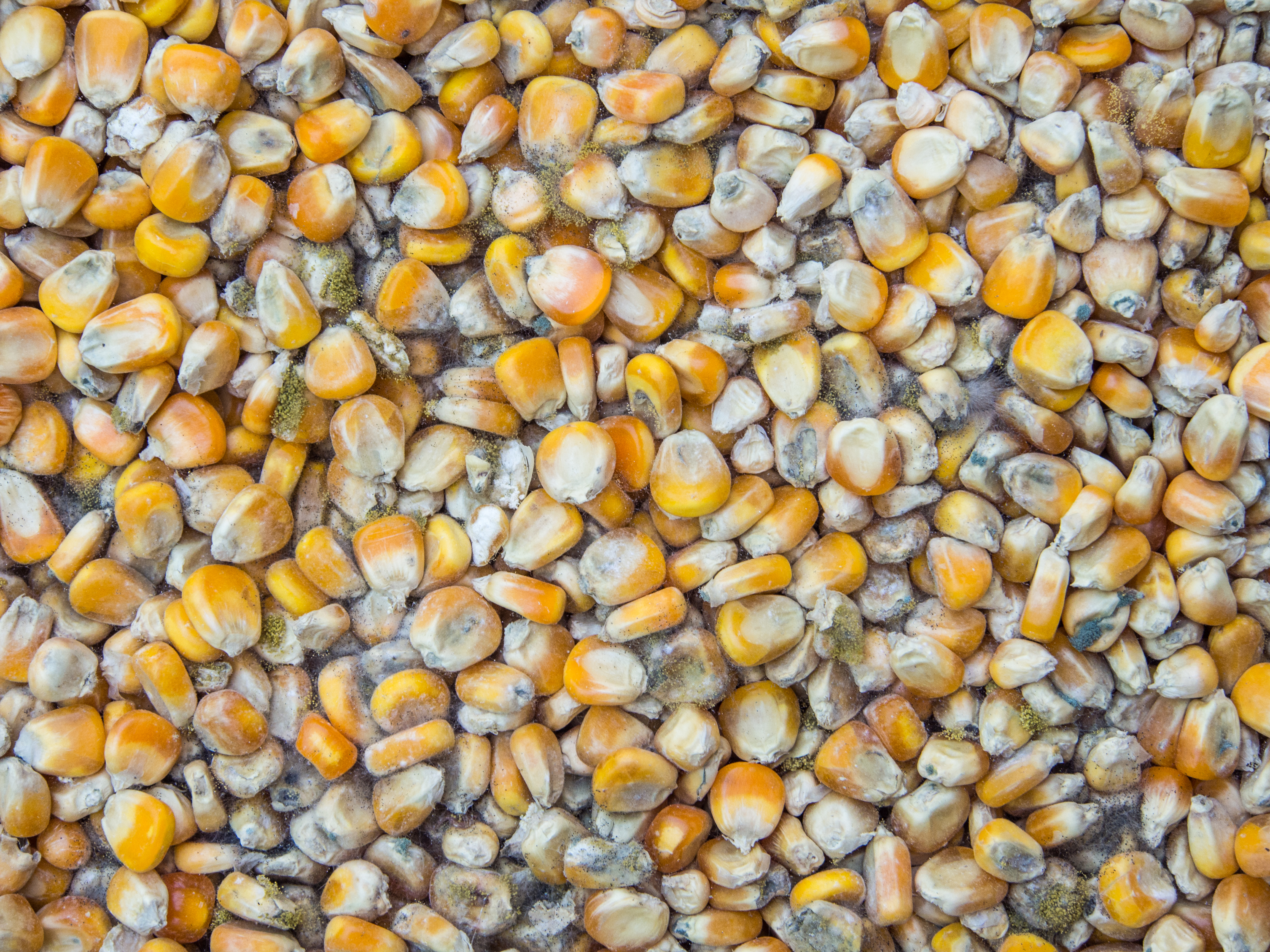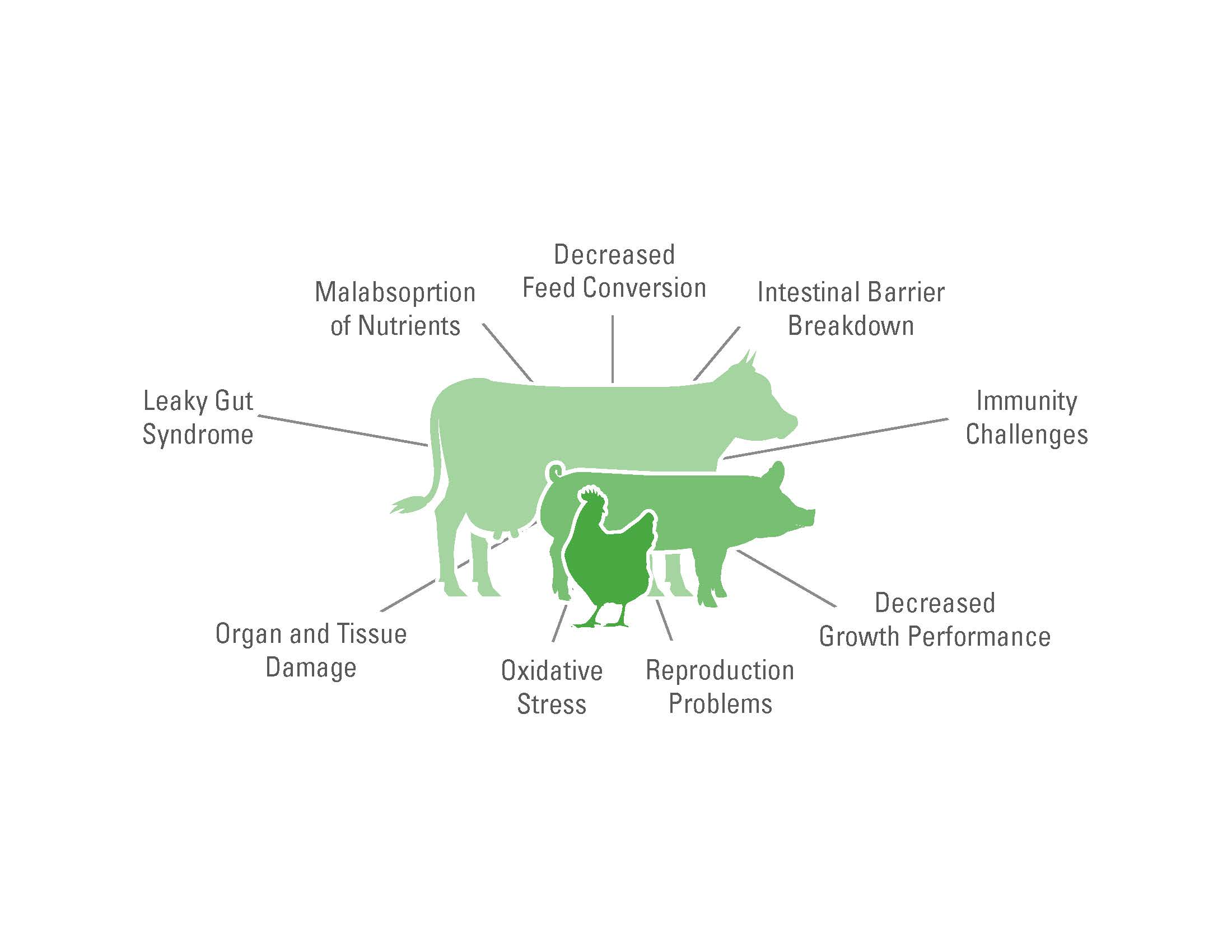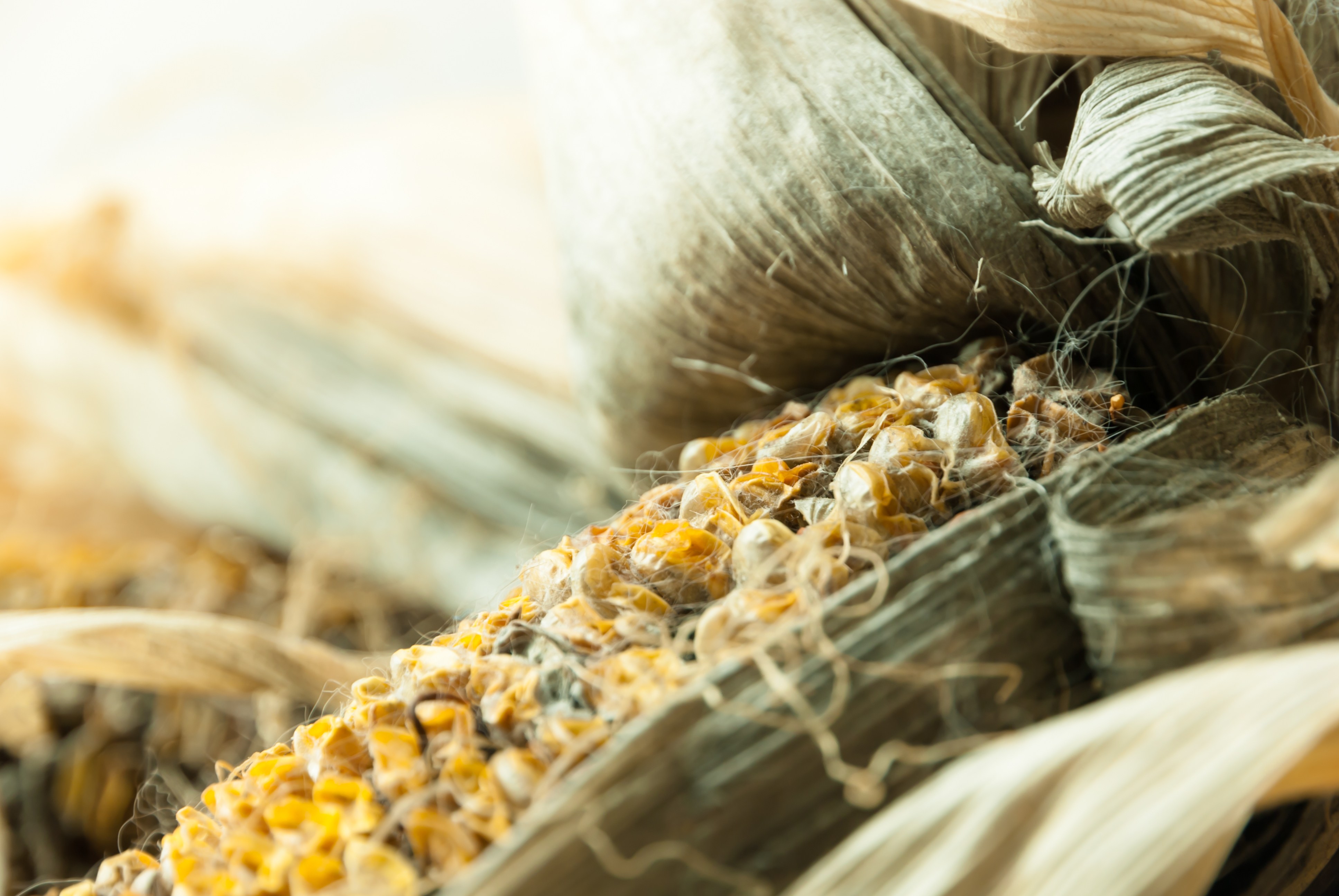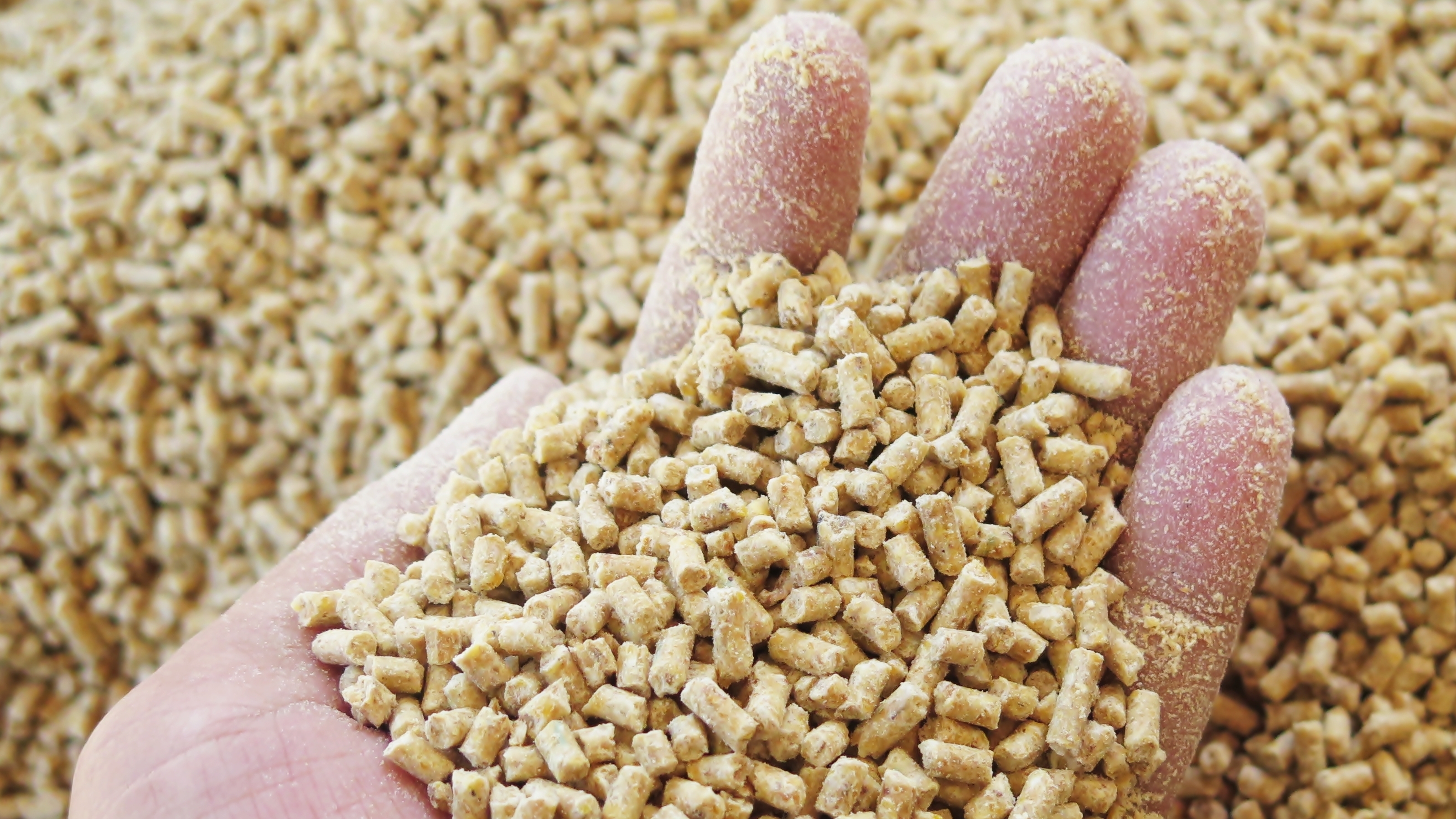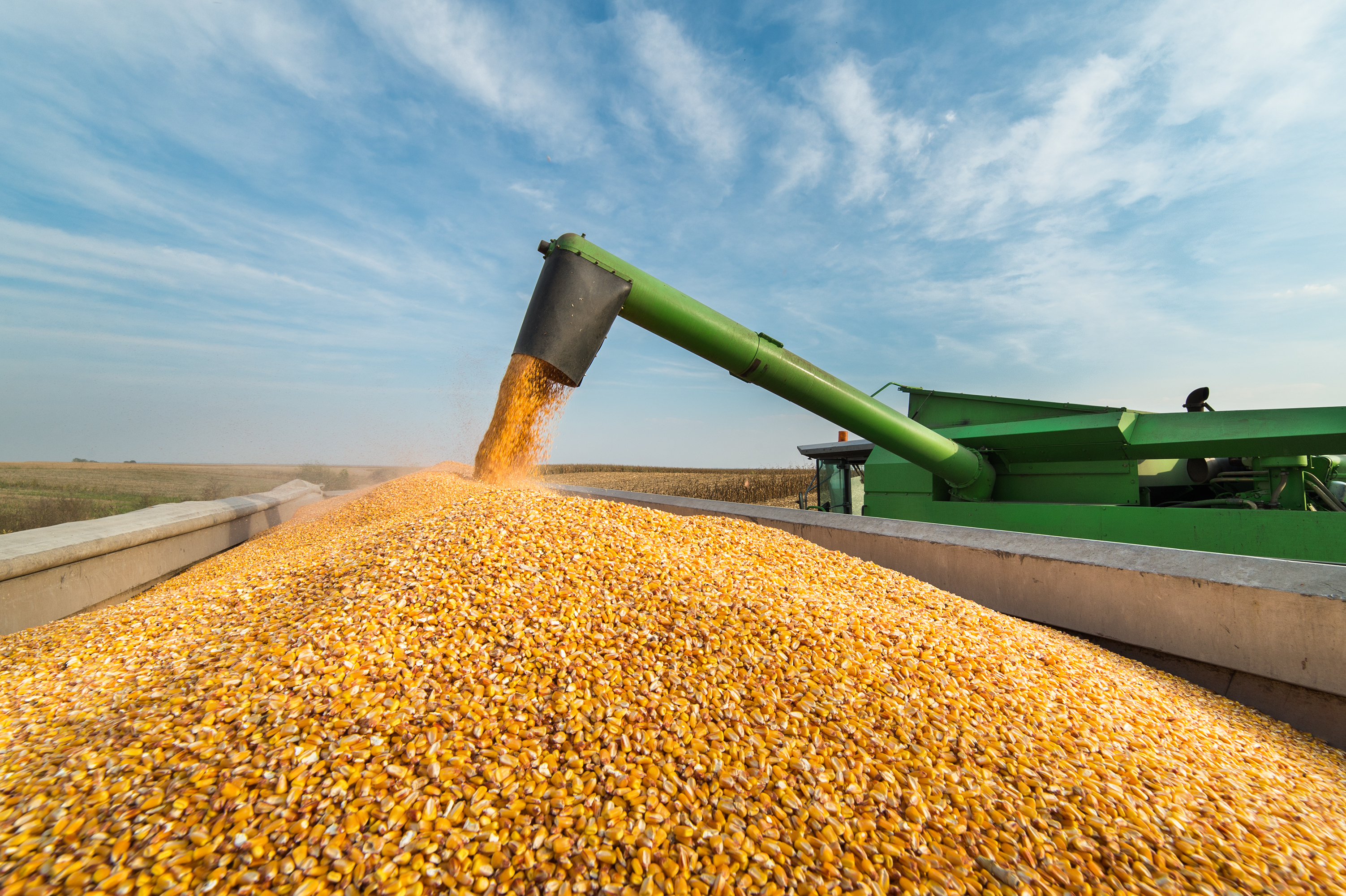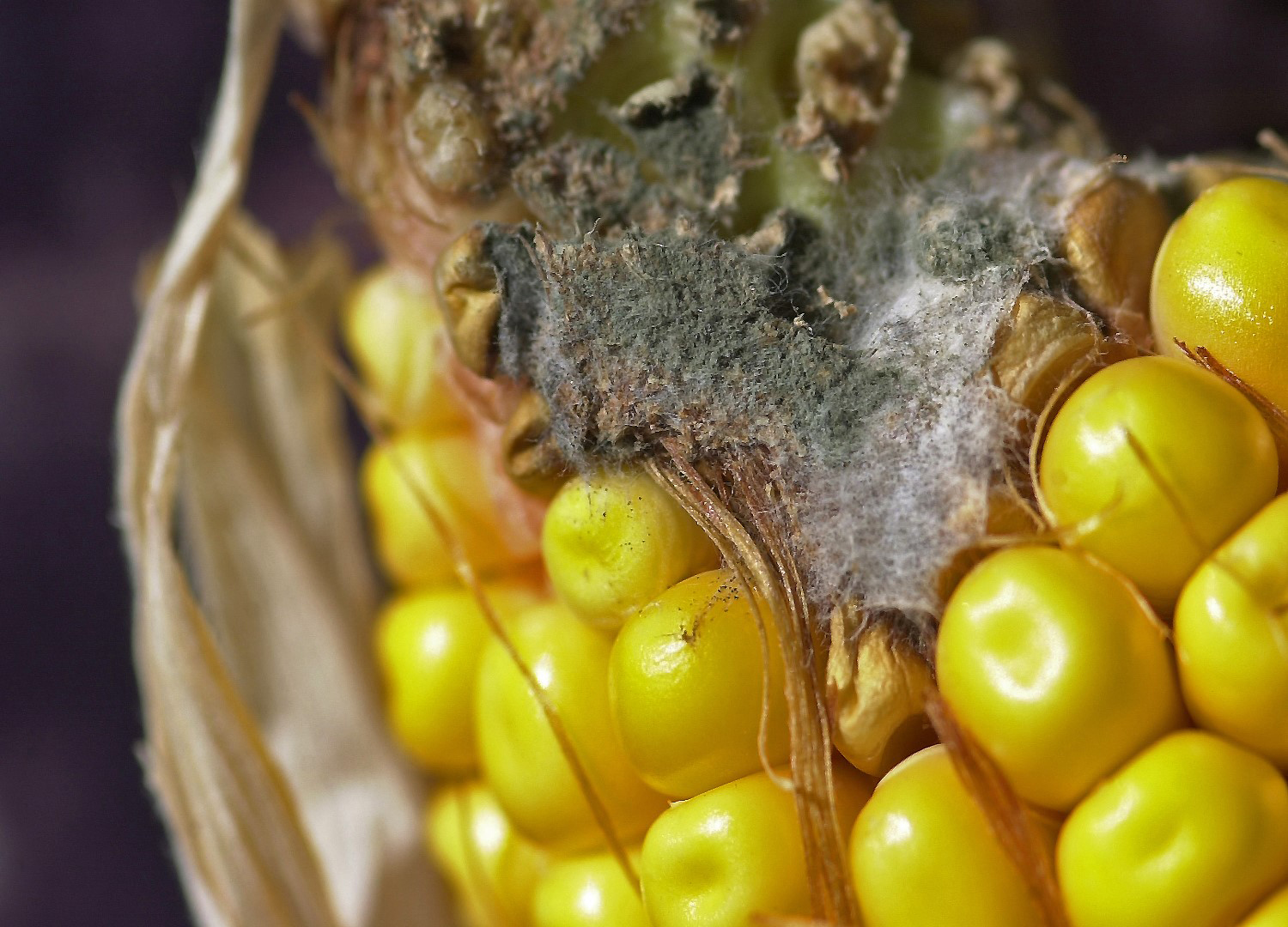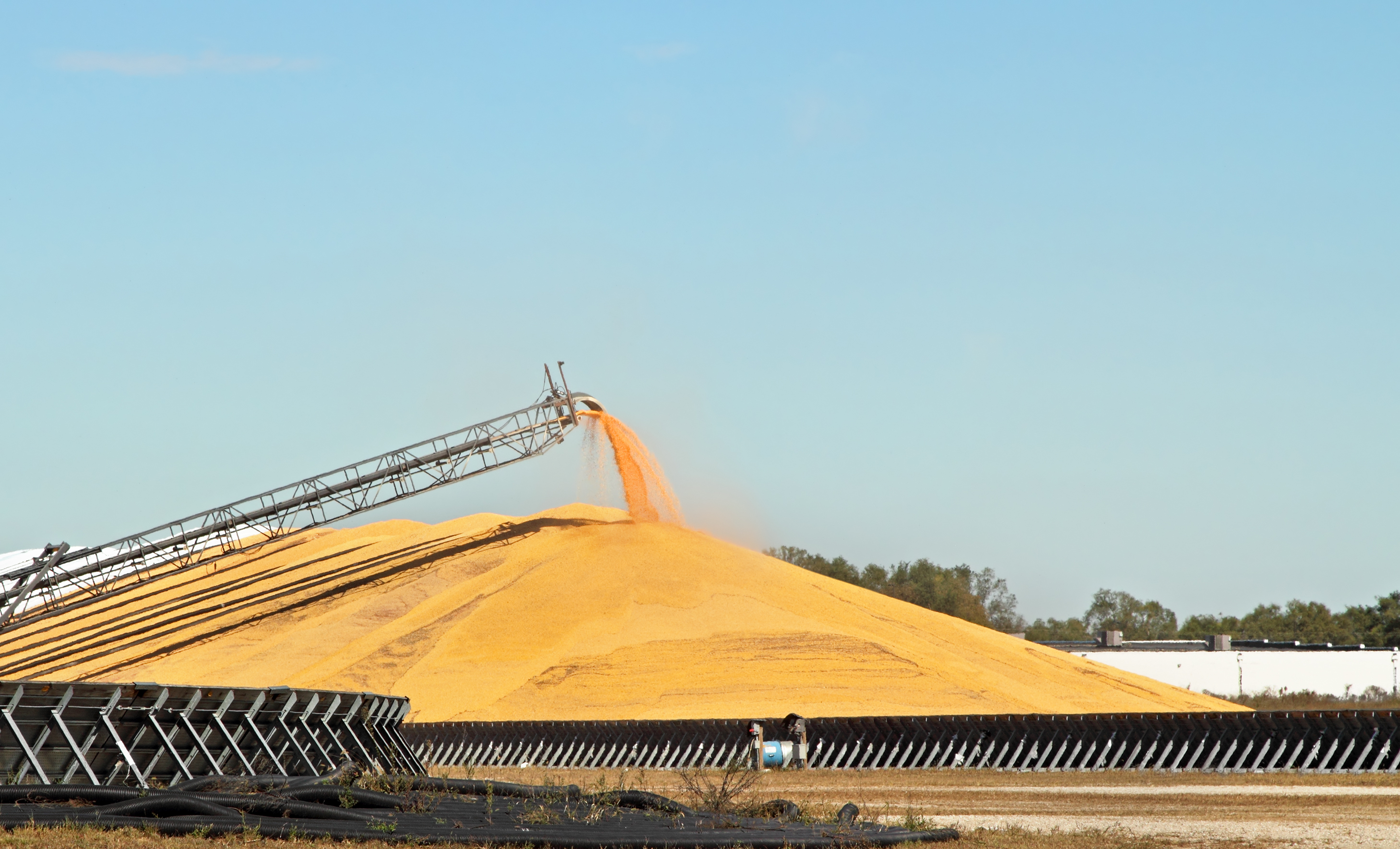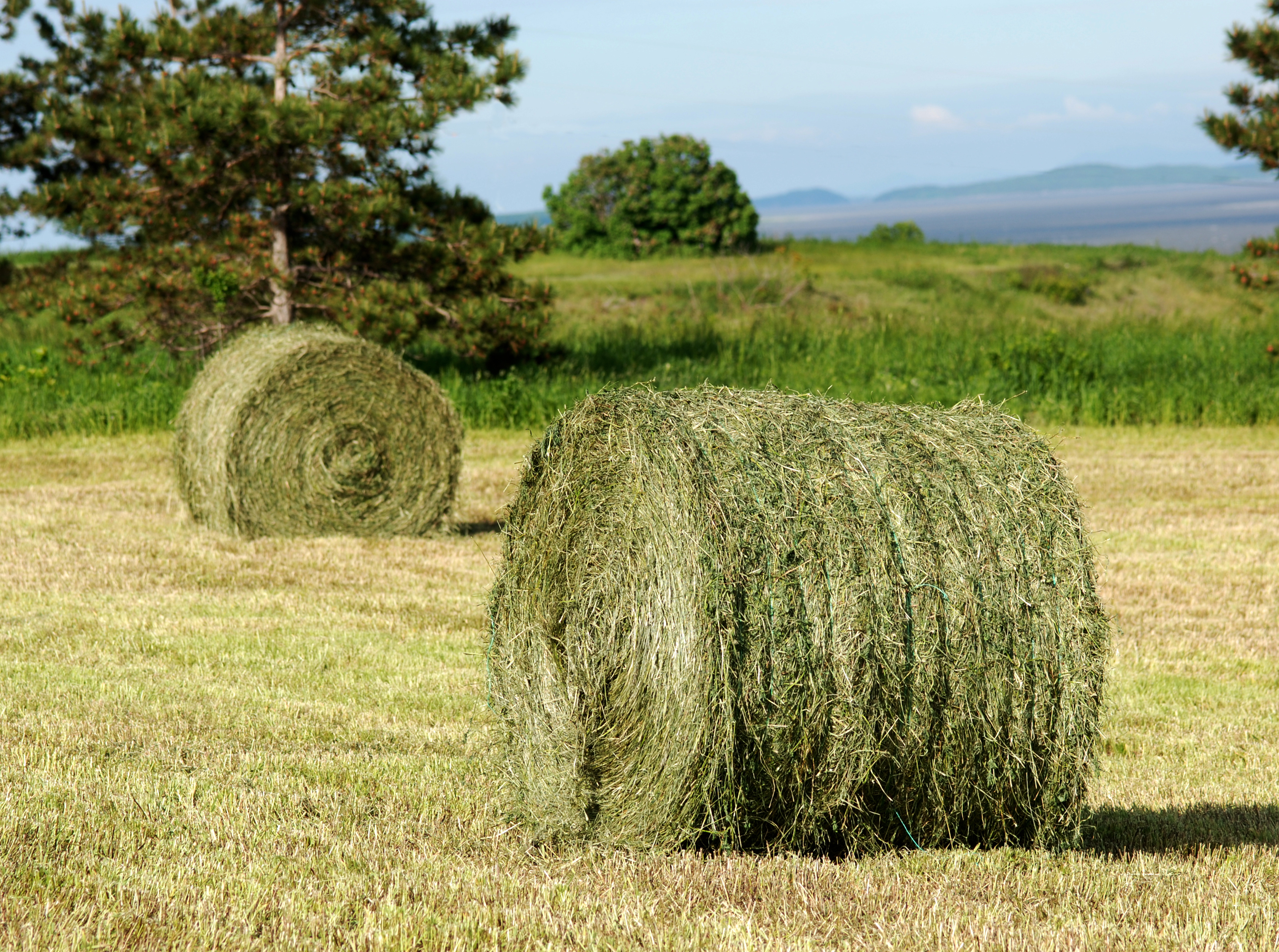 3 Steps to Making High Quality Hay
3 Steps to Making High Quality Hay
It is commonly recommended when baling and storing hay, we should target moisture levels of 18 to 20 percent moisture for small square bales and 14 to 16 percent moisture for larger bales. Baling drier than these recommendations can lead to excessive leaf loss and consequent loss of protein. If hay is baled wetter than these levels, an organic acid preservative should be used to minimize heating, molding, losses of dry matter and nutritive value.

